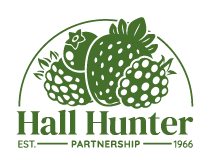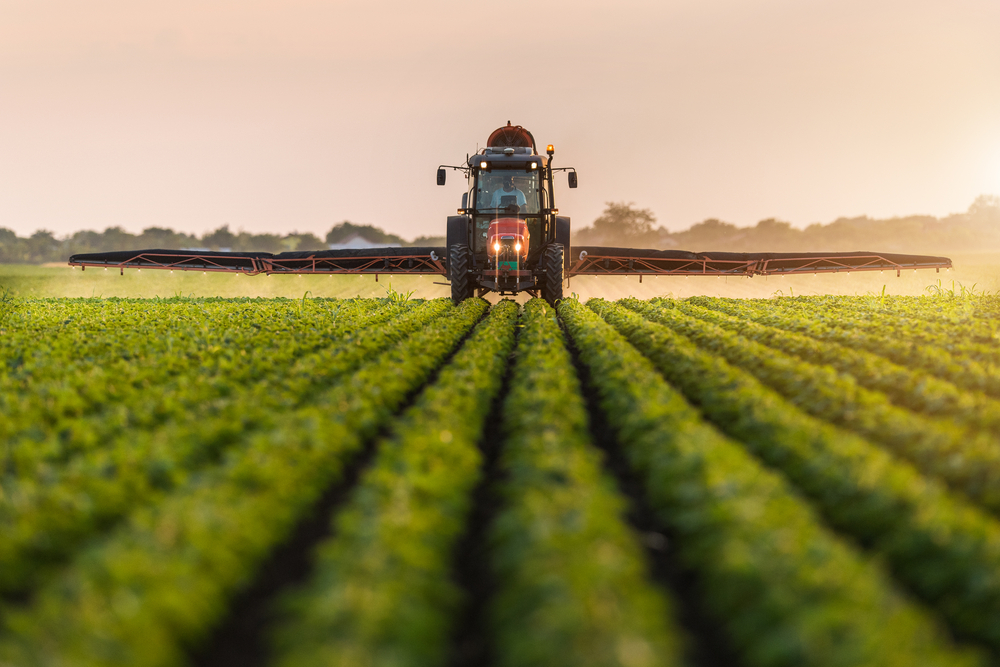The image that most people have of living on a farm in England is a romantic view of blooming wildflowers, 19th century buildings, and grand old oak trees. While this might be accurate for some old English farms in the height of summer, it’s by no means the day to day norm. That’s why we’ve put together information surrounding what life is like on a modern English farm, such as Hall Hunter’s Heathlands Farm, Sheeplands Farm and Tuesley Farm, compared to a traditional old farm.
Modern English Farm Lifestyle
Today, an English farm is a bustling centre of business and innovation, as well as a steady and reliable mechanism that uses many tried and tested methods. At our three farms, which vary in size from 200 to 469 acres, we adopt a range of techniques and working styles in order to keep delivering quality produce.
Business
Most modern English farms are a business venture. Like any business-owner, farmers and management staff need to think about how to make processes as cost-effective as possible. This means finding the optimal planting, feeding, and weeding systems, hiring the right staff, and working to pick, pack, and ship produce in the most efficient ways.
Technology
In order to compete with other farms, modern English farmers need to utilise the latest technology to enhance their processes. Today there is a broad range of technology that’s designed to improve various tasks. These include:
• harvest automation
• autonomous tractors, seeding and weeding
• drones
• optic graders
These examples are for carrying out farm work itself, not to mention the various software and devices that can be employed to aid the business, such as inventory or payroll.
Homelife
Staff live at all of our farms. Founders Mary and Mark live at Heathlands, and their son Harry and his family are located at Tuesley. During the picking season, all three farms become the homes of our seasonal workers, who live together in fully-furnished on-site accommodation.
Living on a farm in the UK does involve long hours of hard work, but the sense of togetherness and friendship makes it all worth it. Everyone pitches in to get all the work done each day, and enjoys each other’s company at the end of a long shift. On the weekends, social events like barbecues and football tournaments are hosted, so all the team can have a laugh and make some memories.
Old English Farm Lifestyle
There are many differences between living on a modern English farm to living on an old English farm. As time progresses, and more advancements are made to farm machinery and technology, it can be easy to forget how much more difficult life was running a traditional farm in England.
Manual labour
Once upon a time, farmers had to do all the manual labour themselves, with the use of a few crude hand tools and some horses to pull ploughs or other non-motorised machinery. This meant even earlier starts and longer days, and truly demanding physical work.
Business
While farms during these times were also in operation as businesses, on old English farms this was conducted in vastly differently ways. In the 19th century, farmers would have to take their wares to communal market halls to try to win potential customers, rather than use online advertising. Plus, there were no digital devices to conduct finance or payroll – everything was done manually in books.
Living on a Farm in the UK
You can learn more about what it’s like living on a farm in the UK by taking a closer look at the work we do, as well as first-hand accounts about life at Hall Hunter.
Find out more about opportunities working at Hall Hunter, if we have piqued your interest.





